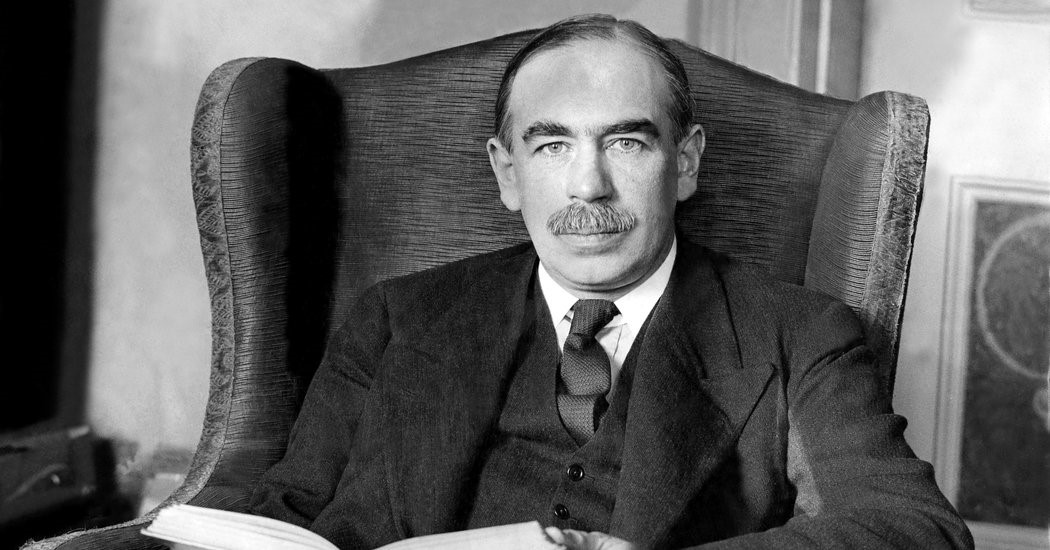KEYNES IS DEAD; THIS IS THE LONG RUN

“In the long run, we are all dead.”
–JOHN MAYNARD KEYNES
______________________________________________________________________________________________________________
INTRODUCTION
John Maynard Keynes, an English economist and author, has been held in high esteem for several decades thanks to his groundbreaking work in economics in the early 20th century. The theory he popularized in an attempt to better understand the Great Depression, aptly named Keynesian theory, revolutionized demand-side economic policy at the time.
For those who haven’t studied the riveting subject of macroeconomics since college – sarcasm, of course, for everyone out there that doesn’t live and breathe the subject like we do – Keynes advocated for increased government spending and lower taxes to stimulate economy activity, especially during times of economic hardship. Subsequently, long after his death, Keynes’ disciples proposed that optimal economic performance could be achieved through frequent “fine-tuning” by government monetary and fiscal policies (i.e. interest rates, relative to the former, and taxes/spending in the case of the latter).
Consequently, like so many well-intentioned policy initiatives meant to cope with emergency conditions, Keynes’ prescription has morphed into constant application even during mild cyclical downturns. Moreover, the other part of his master plan—to run surpluses during good times–has been almost totally ignored by election-driven politicians (are there any other kind?).
In the case of the global monetary mandarins following the financial crisis of 2007-2008, the slightest market turbulence or economic hiccup has caused them to resort to Keynesian remedies that were once reserved for true crises. As noted in prior EVAs, the net effect is a global addiction to stimulus, especially to ultra-low interest rate policies (ULIPs). But more on that in the next installment of Bubble 3.0…
…click on the above link to read the rest of the article…